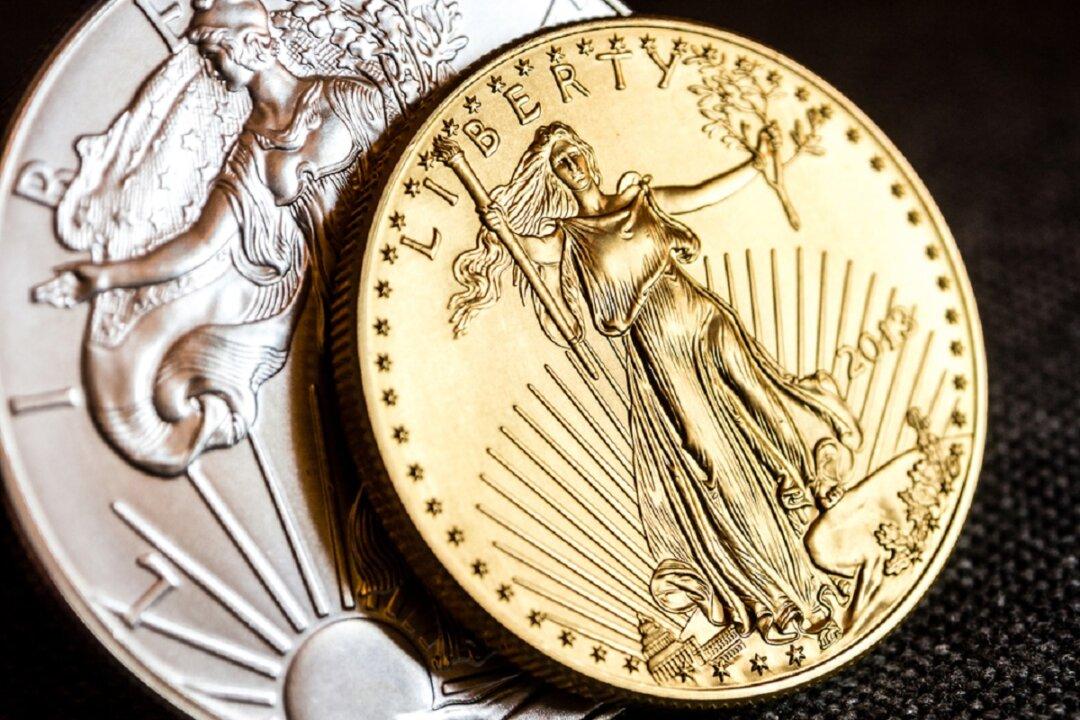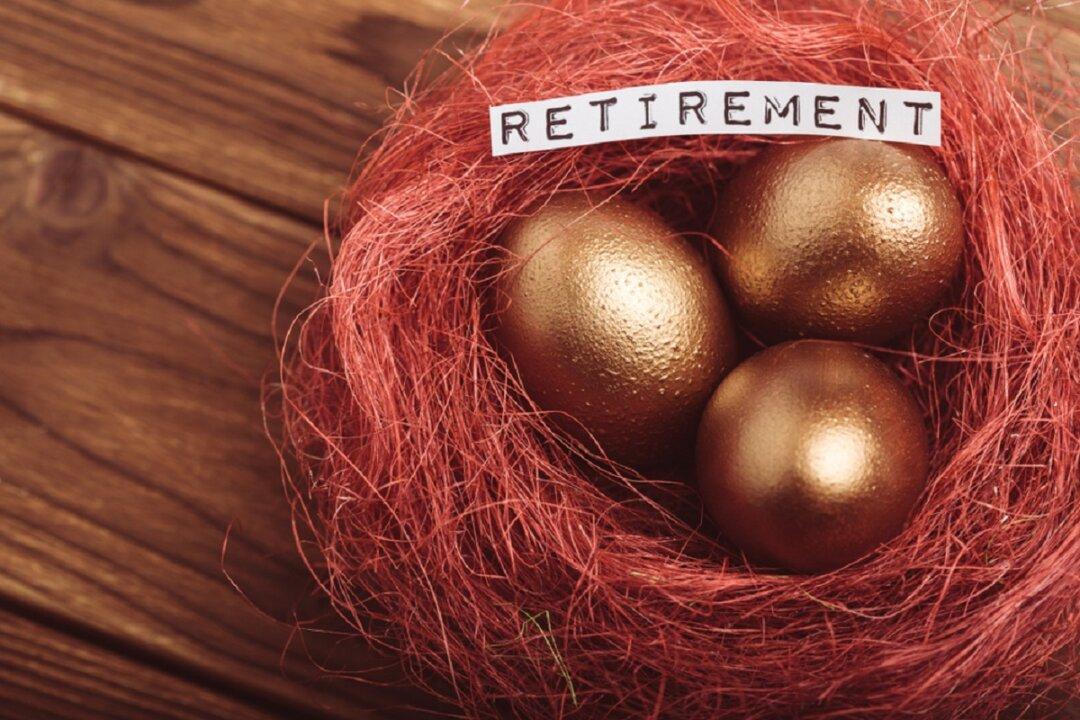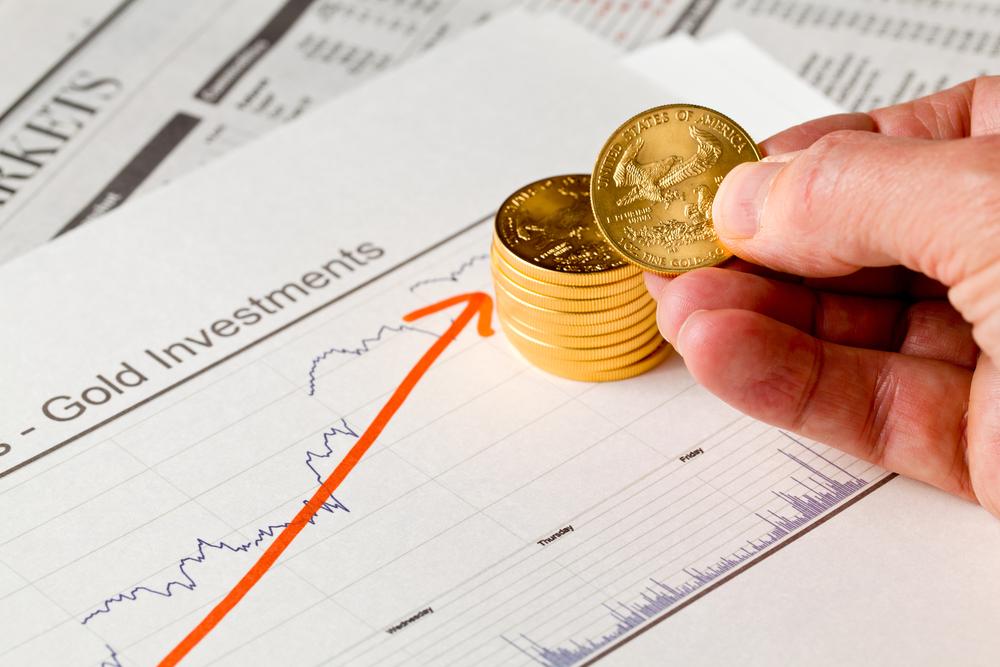It may be hard to keep history from repeating itself, but it certainly helps to learn from it. Let’s look back at the impact of gold prices during the Great Depression and how gold’s performance back then set the standard for how modern investors view precious metals today. This guide will explore how the price of gold fluctuated during the depression, the measures taken to improve the economy, and how this tumultuous time in American history set a precedent for investing in gold today.
The Stock Market Crash of 1929
On Oct. 28, 1929, the Dow Jones Industrial Average fell 13 percent after years of booming business. The following day, the market dropped an additional 12 percent, and within a few weeks, the Dow had lost nearly half of its value. This kicked off our country’s most devastating financial crisis—the Great Depression.Plunging stocks and lacking confidence in American markets represented a significant shift from much of the prior decade. Until the crash of 1929, the economy had been booming as consumers took out loans that fed equity markets. This period of optimism also featured the expansion of various industries, including brokerage houses.





